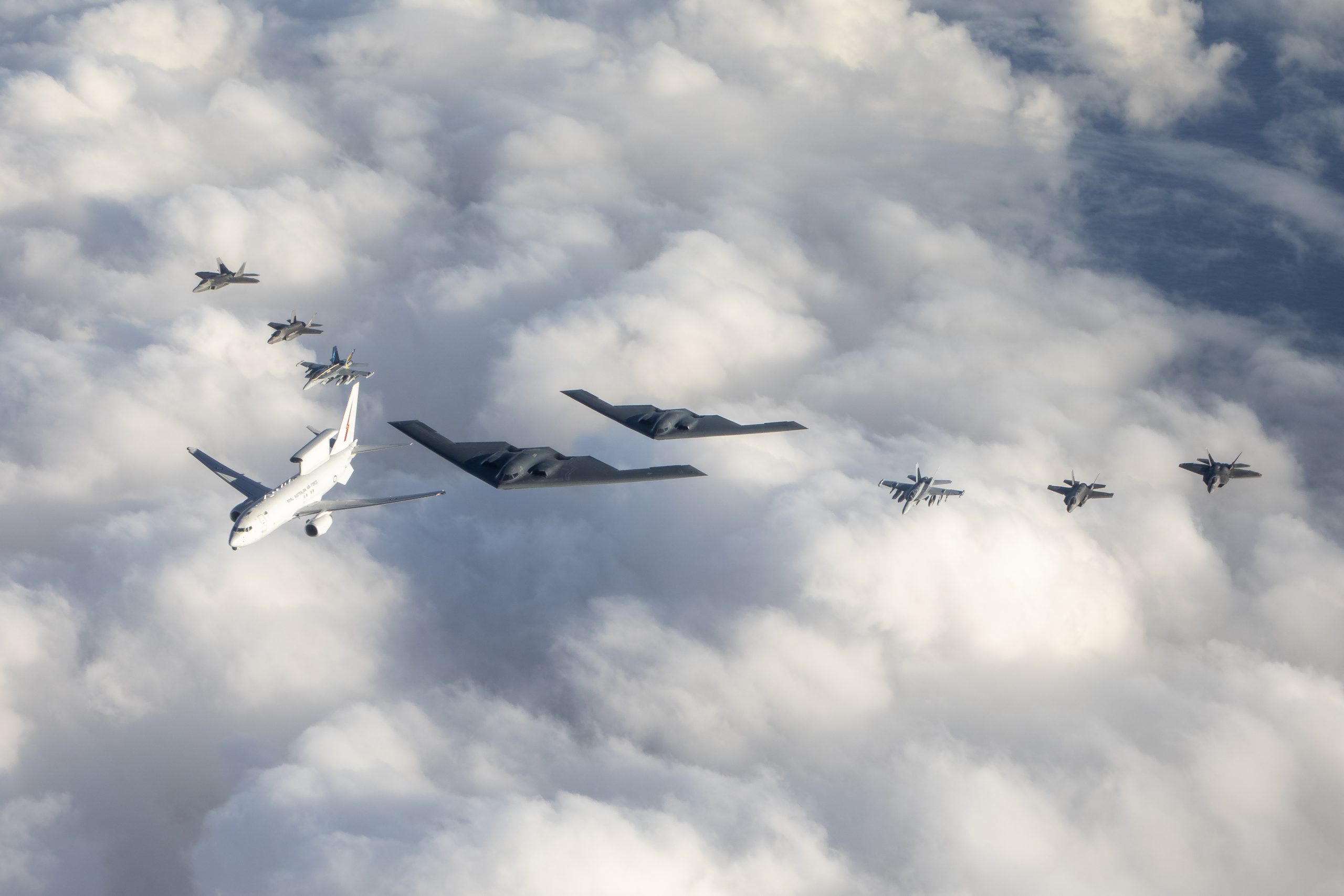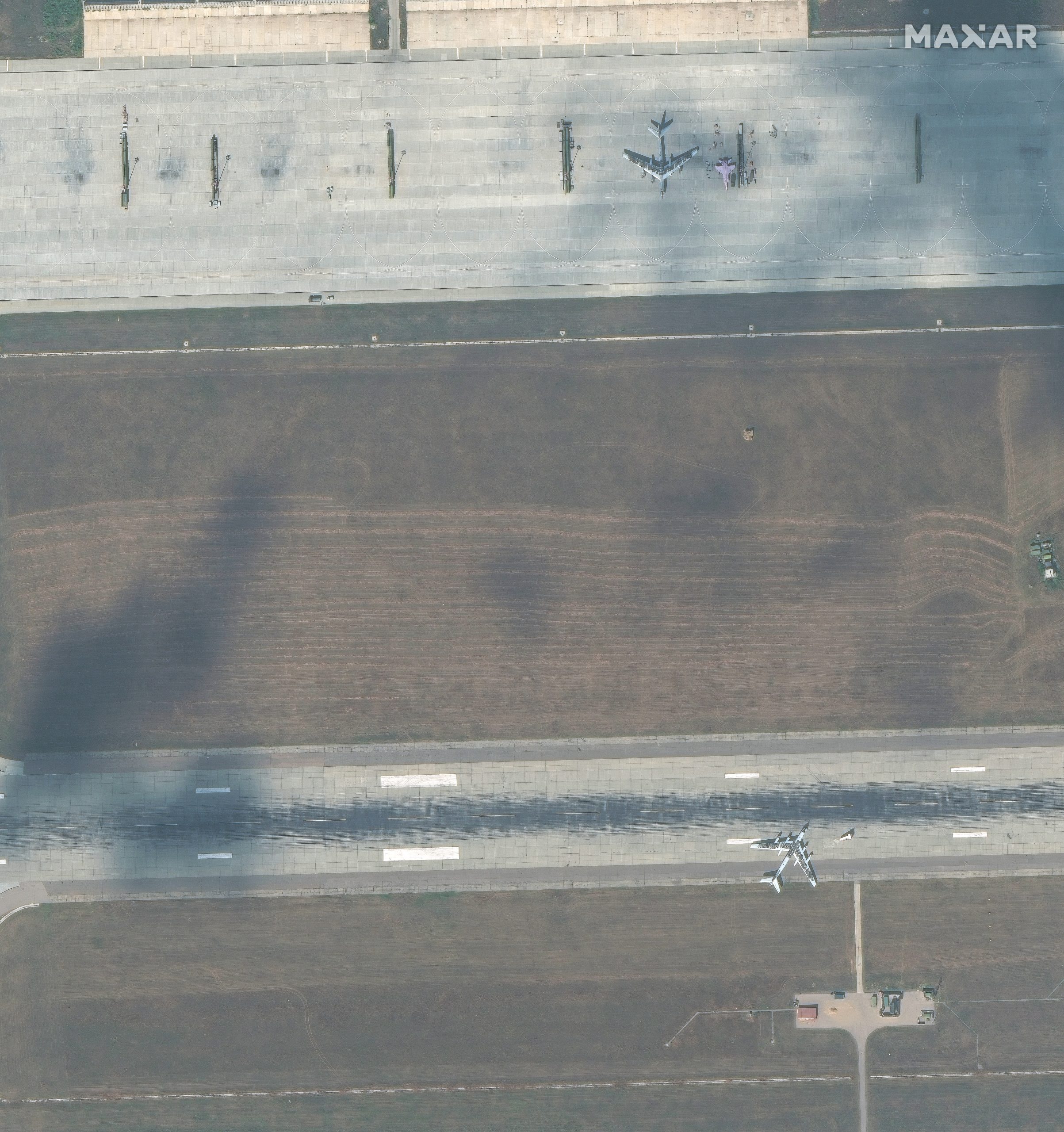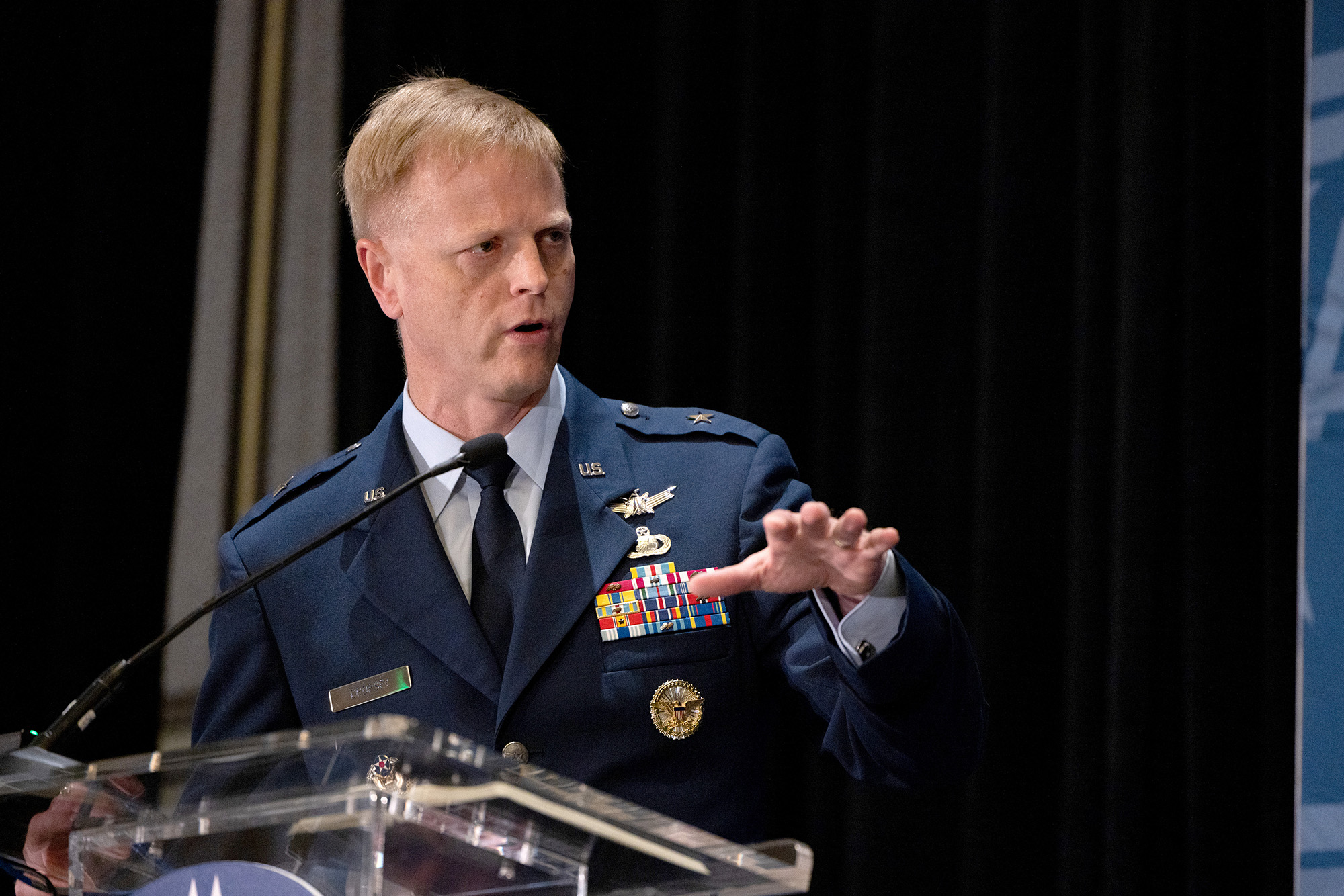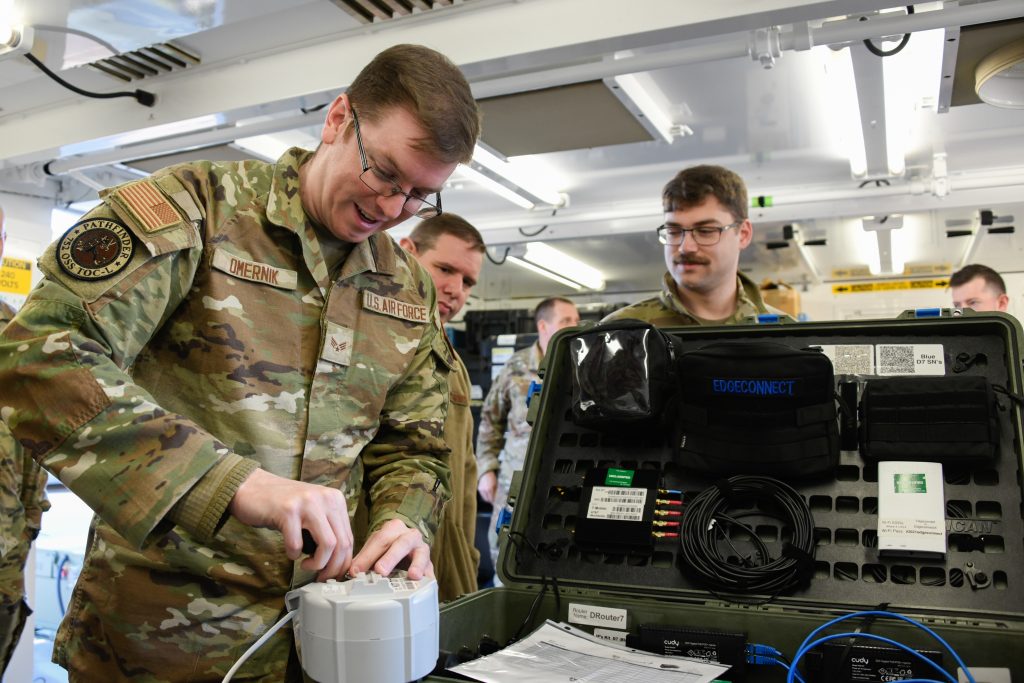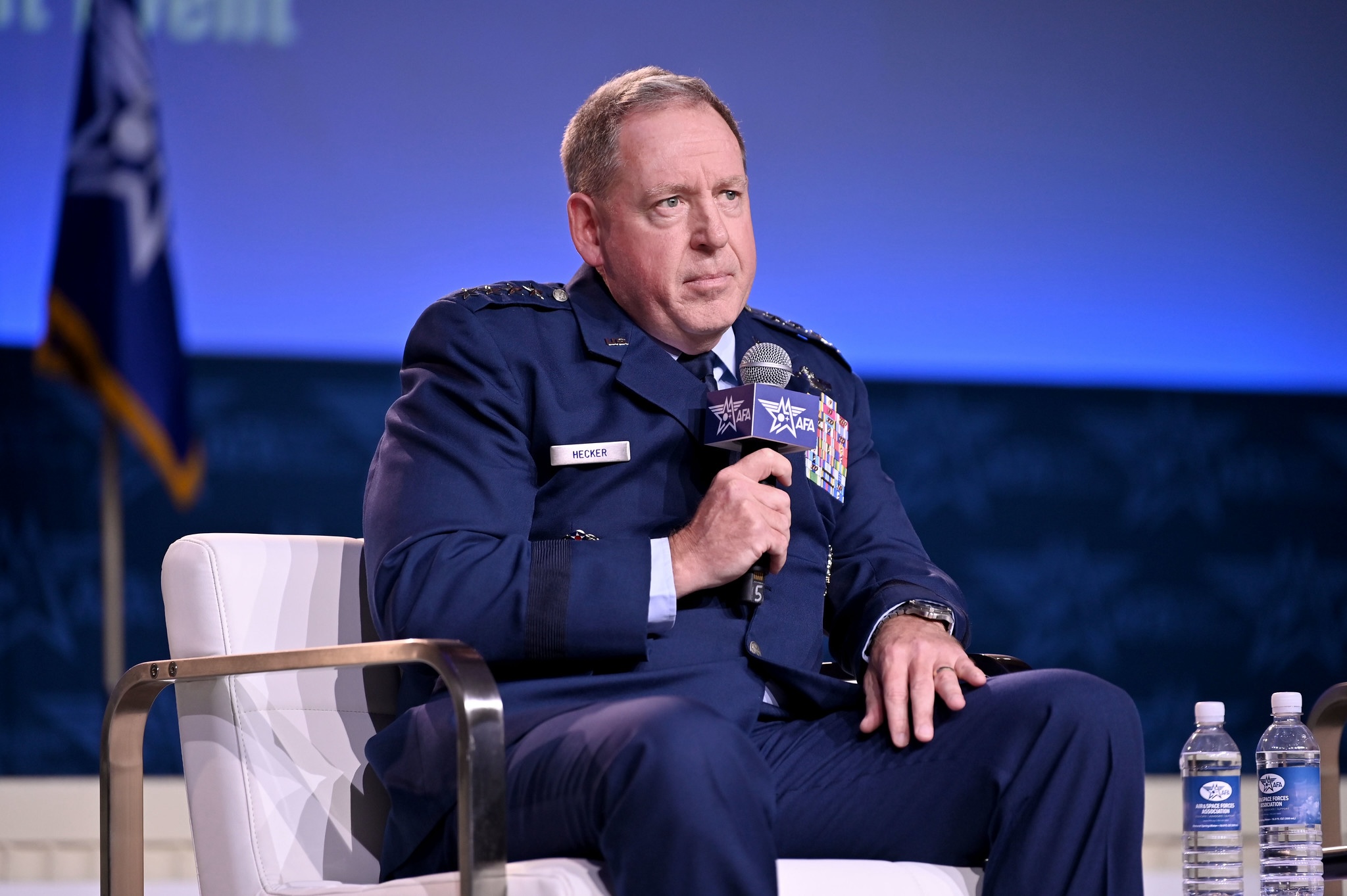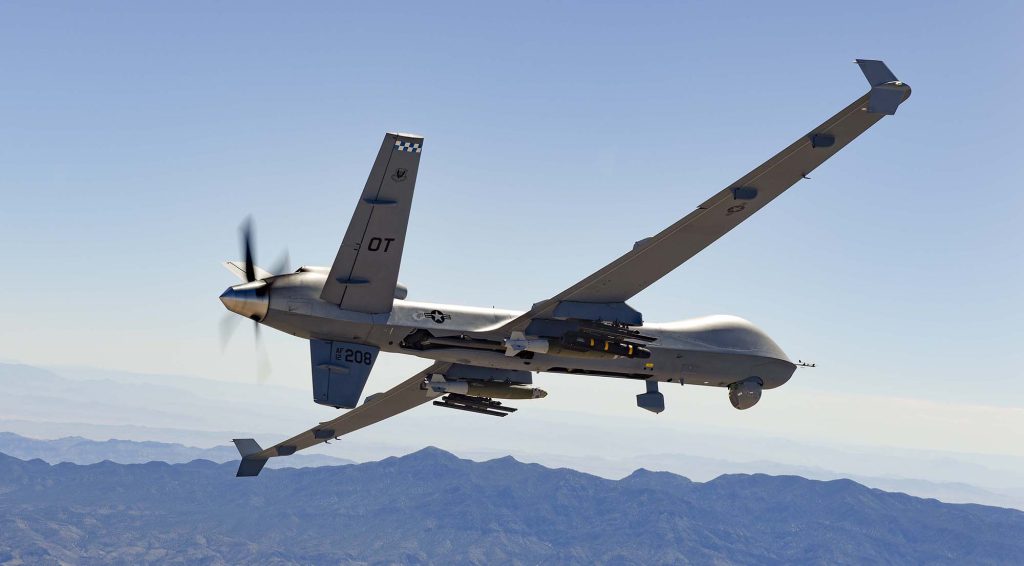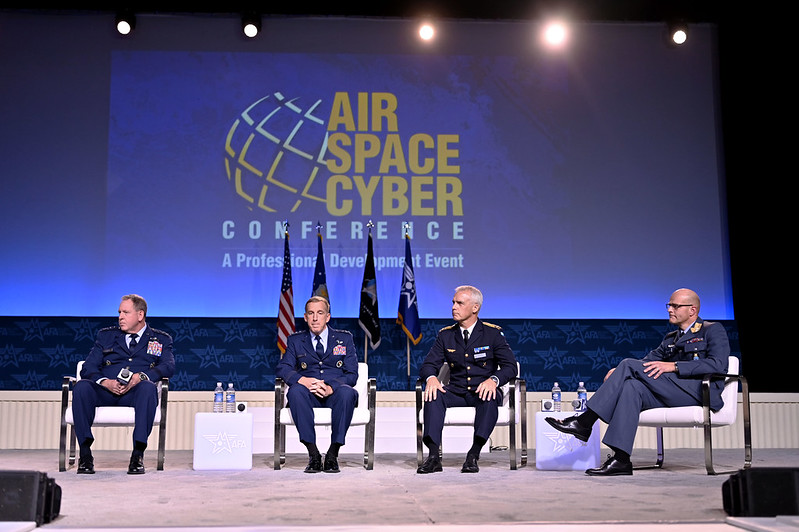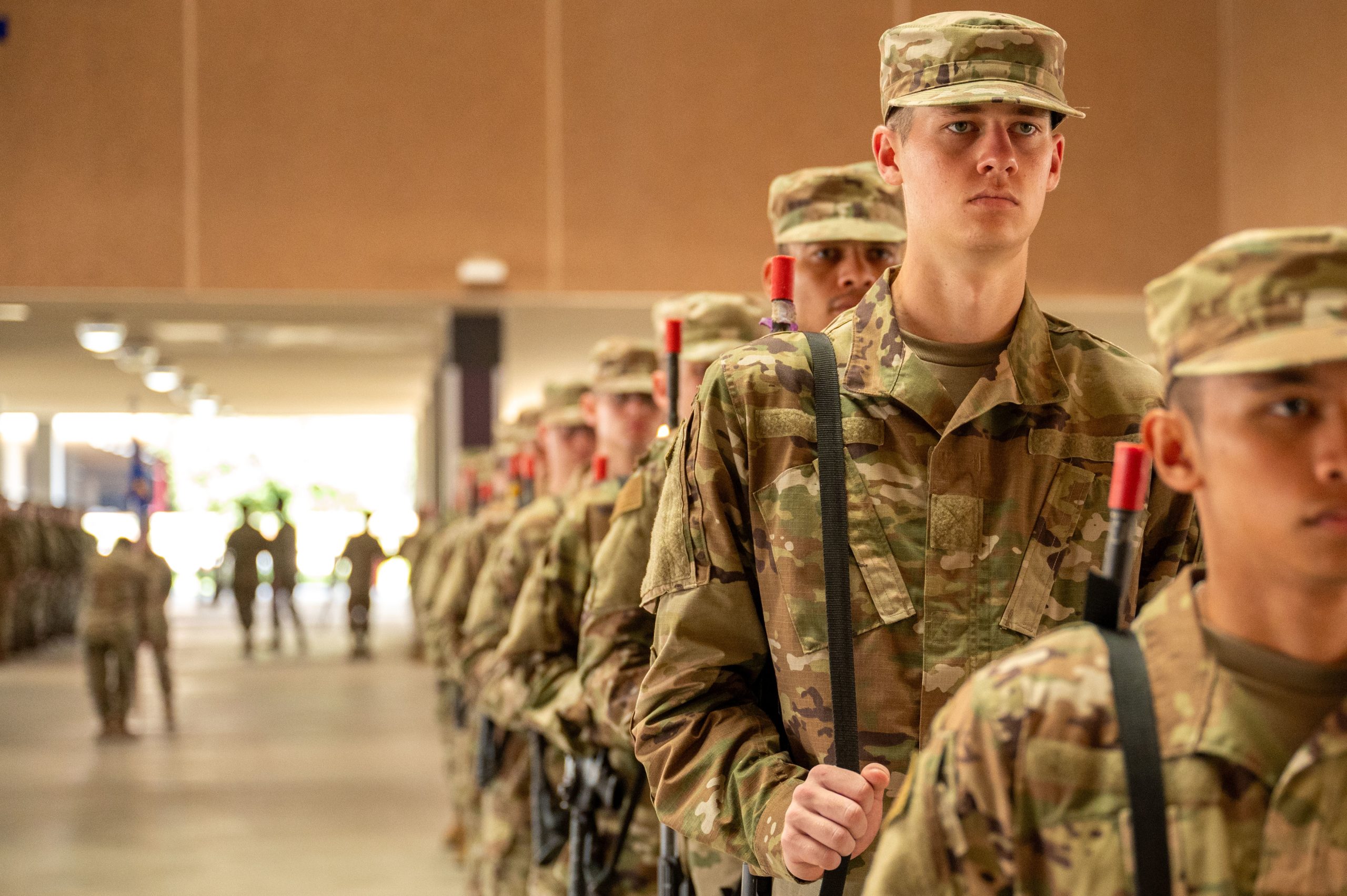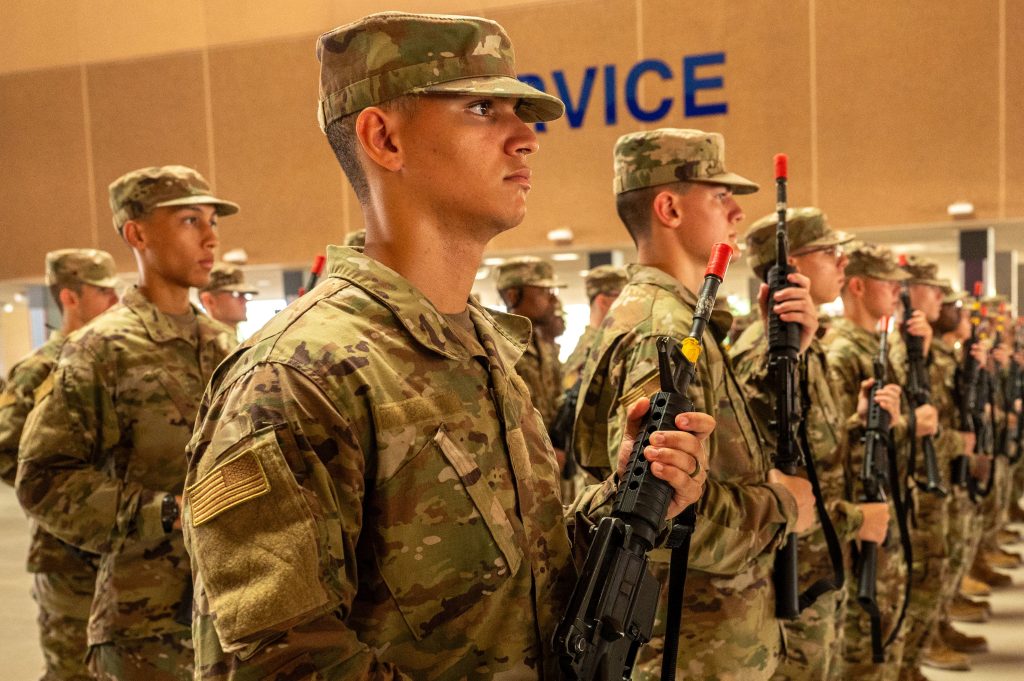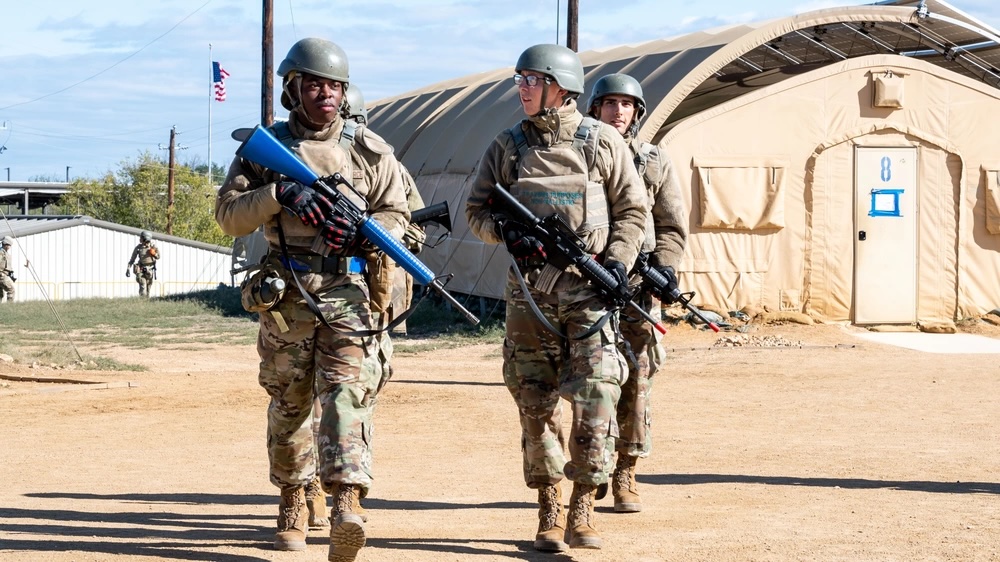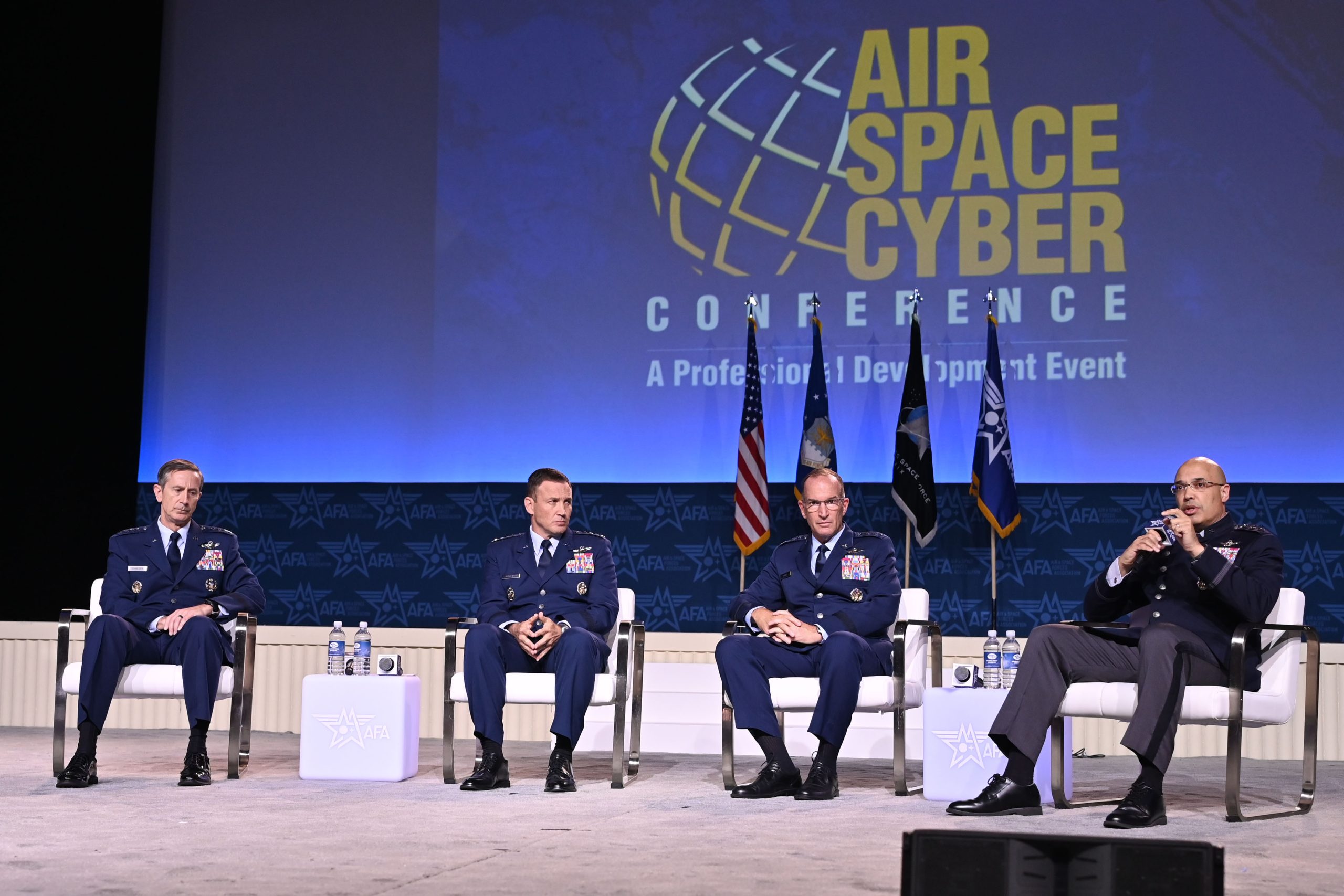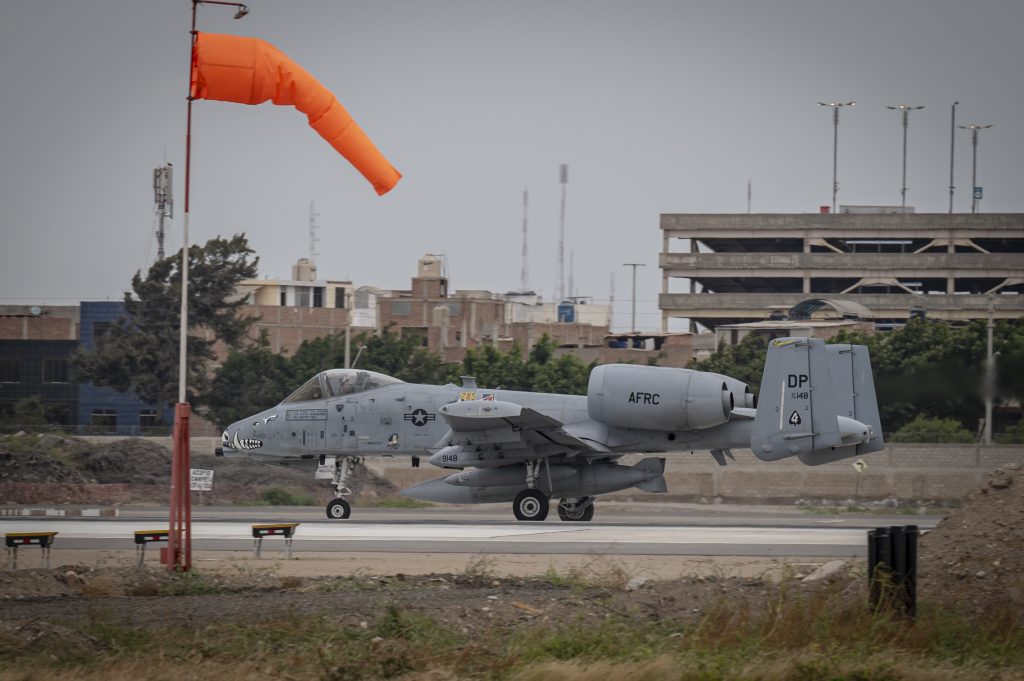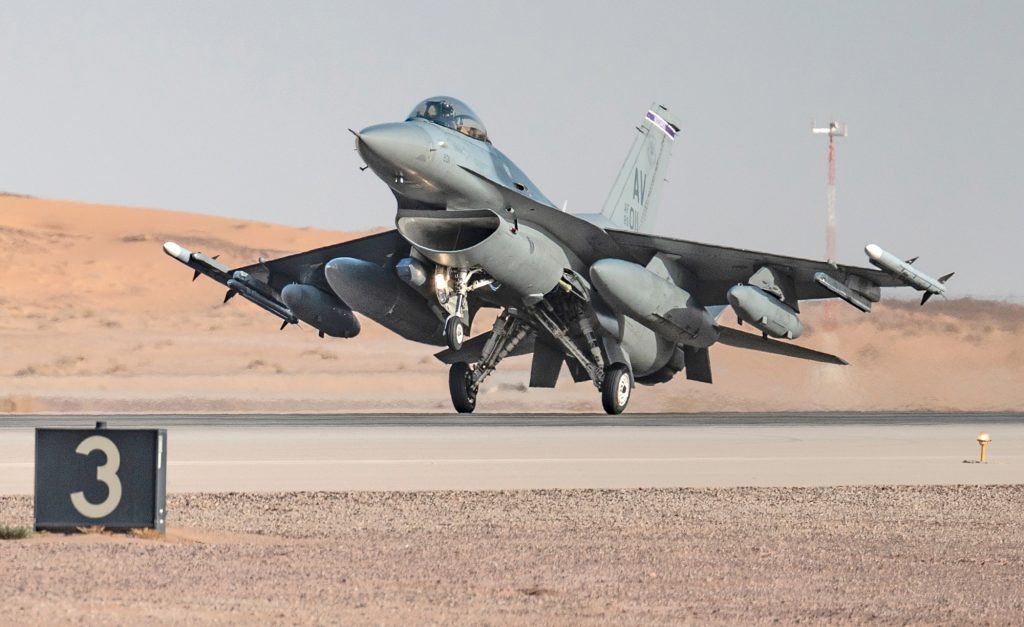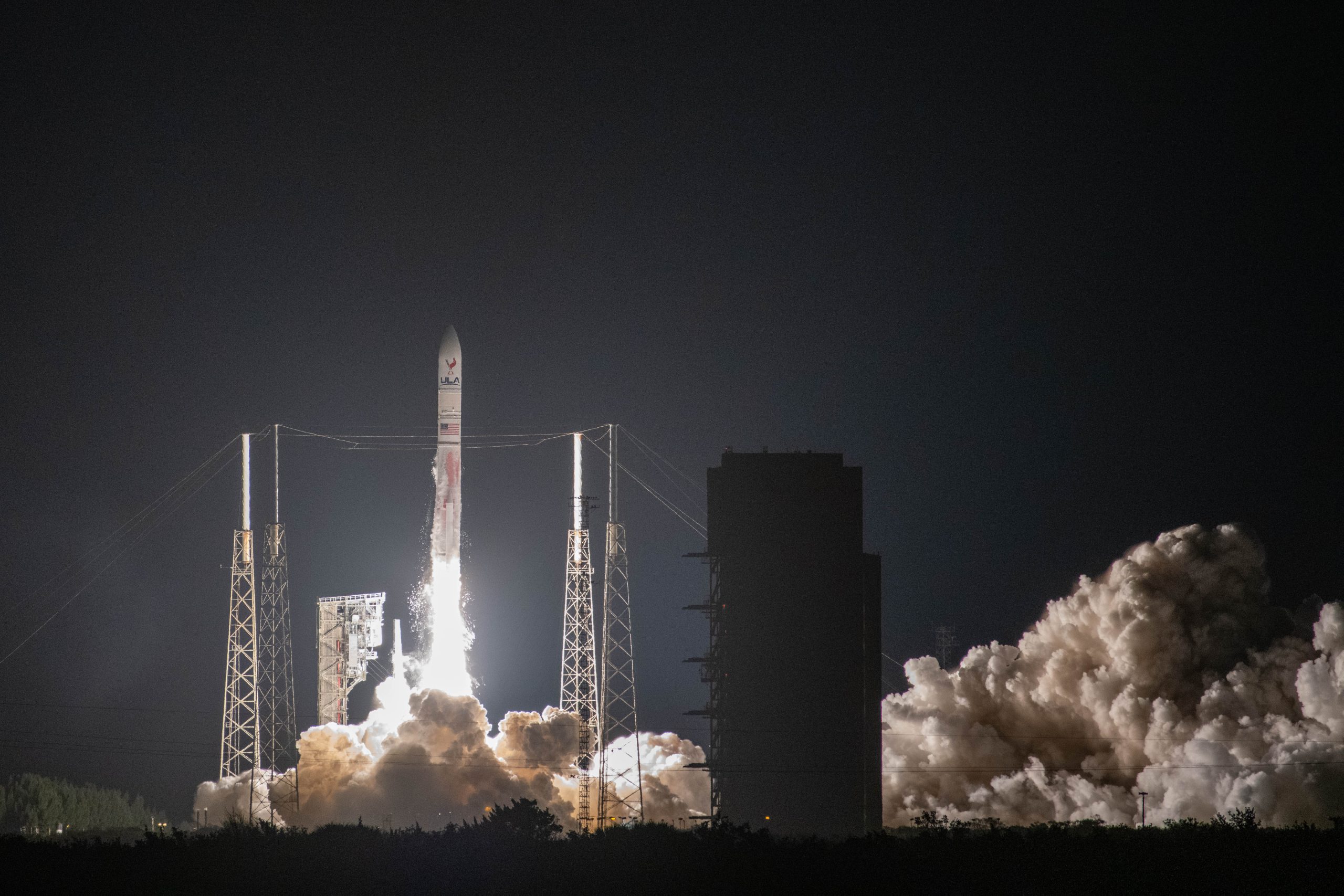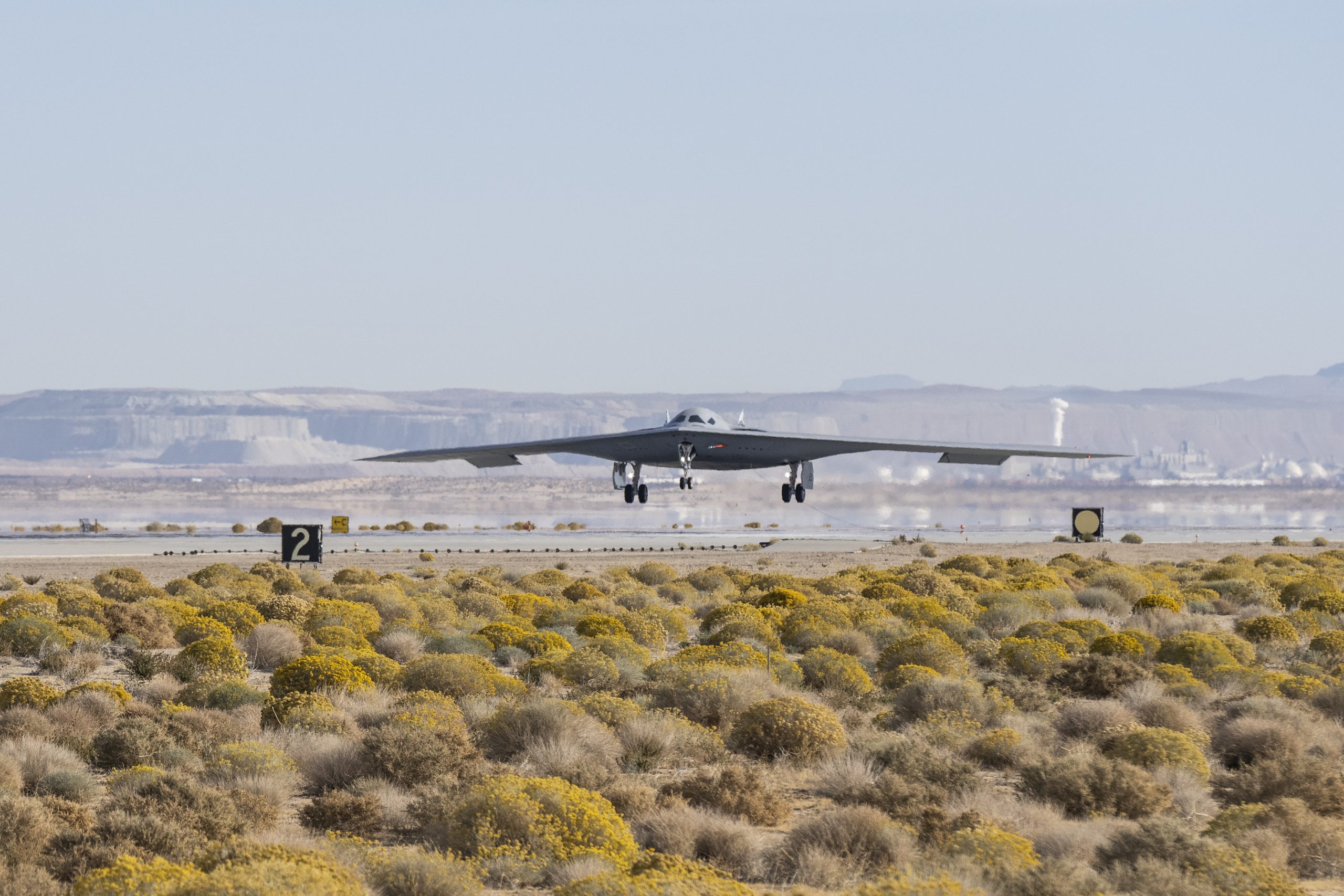NATIONAL HARBOR, Md.—The Air Force inked a contract with Boeing last month to start manufacturing the E-7 Wedgetail early warning and battle management aircraft, but with the service’s aging E-3 Sentry fleet close to the end of its service life, questions persist as to how the service can manage gaps until the new E-7s are operational late this decade.
“I continue to articulate my requirements back to the Air Force headquarters to build out more resilient command and control, battle management capability, more forward in the theater,” Gen. Kevin B. Schneider, the commander of Pacific Air Forces, told Air & Space Forces Magazine in an interview at AFA’s Air, Space & Cyber Conference.
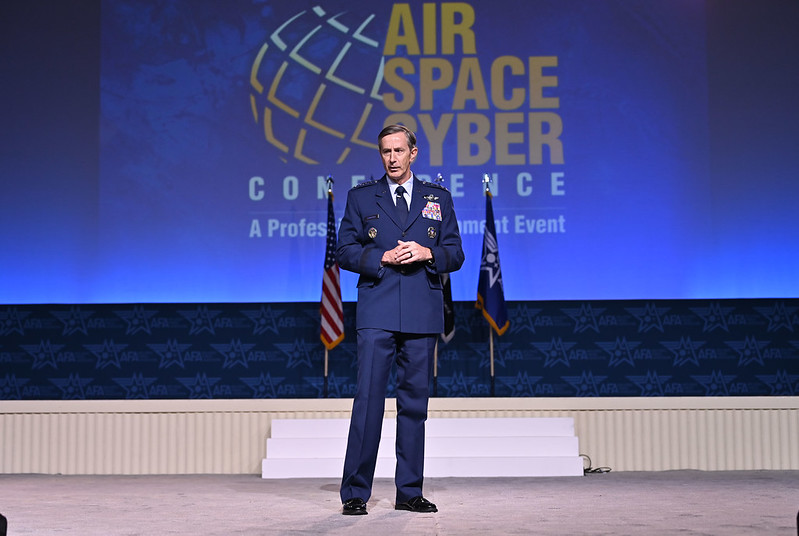
The Air Force’s first order of two “operationally representative prototype” E-7A aircraft, for $2.56 billion, is slated for delivery in 2028. The contract comes after months of delay as Boeing and the Air Force haggled over pricing. The service plans to buy 24 more by 2032, bringing the fleet to 26, to replace the E-3, which has an increasingly obsolete radar and 1950s-era airframe.
While Schneider did not address a question regarding whether the planned number of E-7s will be enough, he added that he is “encouraged” by the state of negotiations between the service and the aerospace giant.
“I’ve had a number of rides on the E-7 over the years, and it is a fantastic capability,” Schneider told reporters at a media roundtable. “I would, as would other commanders, like to see the E-7 fielded in the United States Air Force sooner rather than later, in number, so that we can continue to deal with the challenges that we face in a growing, more highly contested environment in the western Pacific.”
In the meantime, regional allies are among the key stopgap solutions for the service’s smooth transition to the E-7 in future operations.
“The Australians have the E-7s, the Japanese have capabilities with their E-2s and their version of AWACS, and (there are) others in the region,” said Schneider. “Some of our command and control is based on sensing and forward-based radars, and we’re able to do more and more in terms of air domain awareness, information-sharing agreements, to tap into to others’ equipment and sensing capability to help build out this picture.”
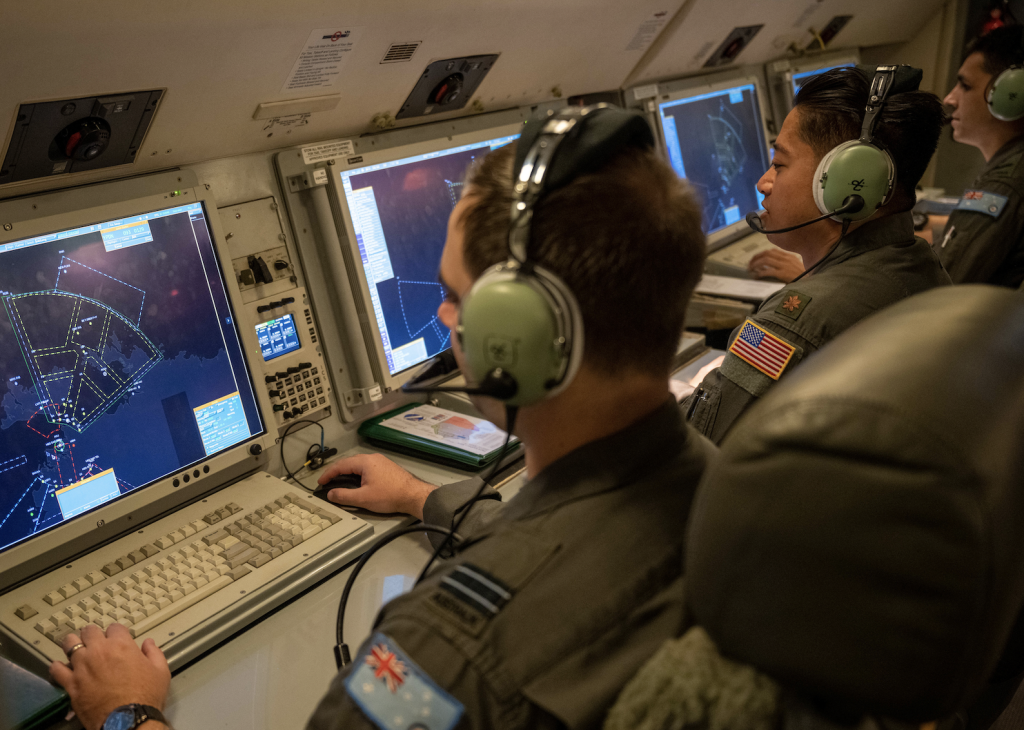
The Japan Air Self-Defense Force fields 13 E-2C Hawkeyes and four E-767s for its airborne early warning and control missions. The Royal Australian Air Force operates six E-7s. The Air Force began working alongside Australian crews on the platform in 2022 through a Military Personnel Exchange program.
Last month, two of the three B-2 bombers deployed to RAAF Amberley Base teamed up with a Wedgetail for operations in southeastern Australia, working alongside other Australian assets like the F-35A and EA-18G Growler. In July, U.S. Airmen assisted in operating E-7 during Exercise Pitch Black to coordinate training with F-22 Raptors.
“I see a layered solution to how we develop air domain awareness, and I see ground-based capabilities as part of this,” added Schneider. “I’m optimistic about a multilayered, resilient approach to sense and sense-making when it comes to that.”
